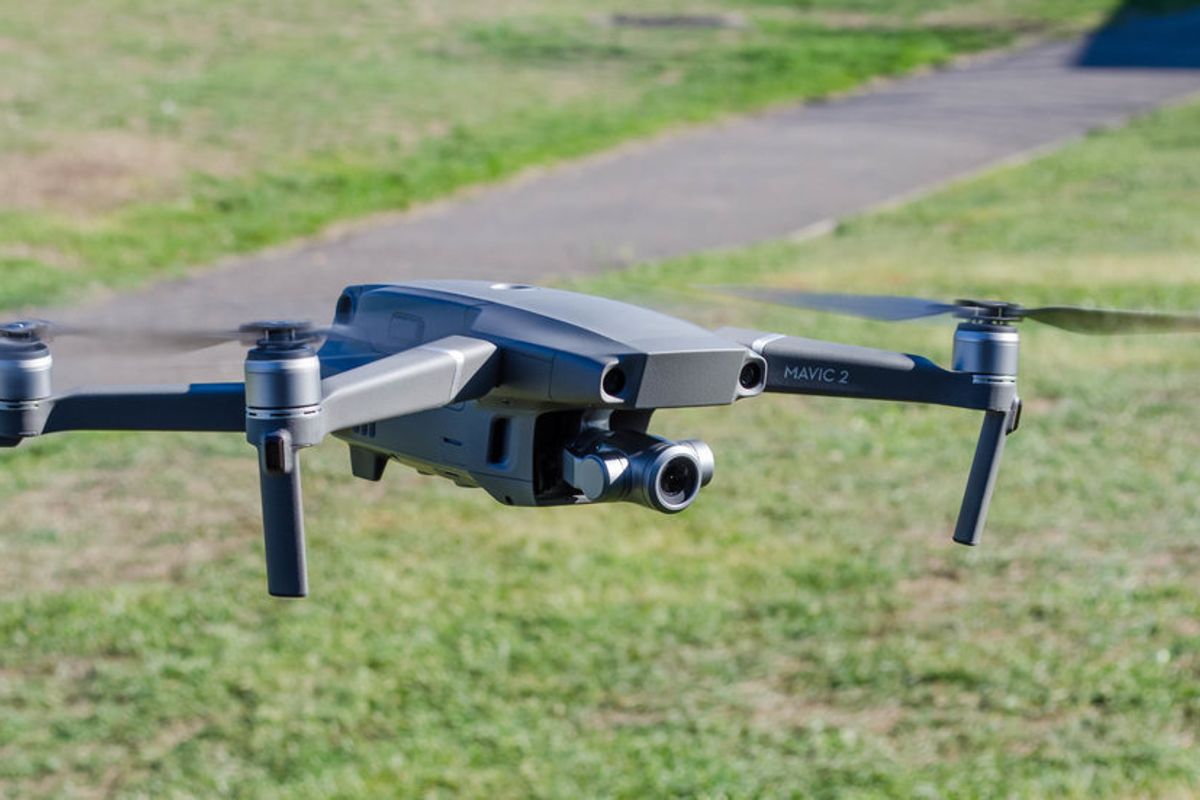Drones

GearBrain
First global drone standards proposed by ISO to increase safety
Worldwide guidelines are intended to keep aircraft safe and pilots accountable

Worldwide guidelines are intended to keep aircraft safe and pilots accountable
The world's first set of globalized drone standards has been published by the International Organization for Standardization (ISO).
Published as a draft set of standards for drone operators in late-November, the documents will now be open to public comments until January 21, 2019. It is expected that the standards will be adopted worldwide later in 2019.
Read More:
This is the first of four sets of drone standards to come from the ISO. This set covers drone use, while the next three will address technical specifications, manufacturing quality, and the management of drone traffic in our skies.
The documents propose a set of guidelines which roughly fall into line with many of the rules already adhered to by drone pilots. This includes the use of geo-fencing to prevent drones from flying within a certain distance of no-fly zones like airports and other sensitive locations, such as government buildings.
The ISO also intends to introduce standards for pilot training and drone maintenance, and require pilots log every flight in more detail than they do currently. For consumer drones, this would likely be a case of manufacturers increasing the amount of data automatically recorded to the drone's memory card during each flight — such as the location, flight path, speed and altitude.
Further requirements include pilots ensuring their drone hardware and software is up to date before flying, and that they respect privacy and data protection laws.
Although much of what the ISO is proposing seems like common sense, a global standard is required, according to Robert Garbett, from the ISO's working group responsible for creating global drone standards.
Speaking to the Financial Times, Garbett said current regulations — which can differ by country — are "not fit to enable the industry to develop."

It is worth remembering that, while you may not feel you and your $200 drone need to follow global standards while flying in your back yard, industrial and commercial uses for drones are expanding far and wide — thus the need for standardization.
Drones are used in movie production, by police to find missing people, to survey buildings, view farmland and livestock, assist during natural disasters like flooding and wildfires, and much more.
Garbett added: "Everybody across the industry believes drones can be safe and of great benefit to mankind. Operators and service providers alike are keen to establish a baseline. An industry that is moving so fast needs to be standards-led, not regulation-led. It is not efficient."
Producing a global standard for drone flying, maintenance and pilot accountability could encourage more companies and industries to use drone technology. At the most extreme, standardization should mitigate against disaster — such as commercial aircraft coming into contact with drones being flown too close to airports and their flight paths.
GearBrain Compatibility Find Engine
A pioneering recommendation platform where you can research,
discover, buy, and learn how to connect and optimize smart devices.
Join our community! Ask and answer questions about smart devices and save yours in My Gear.
